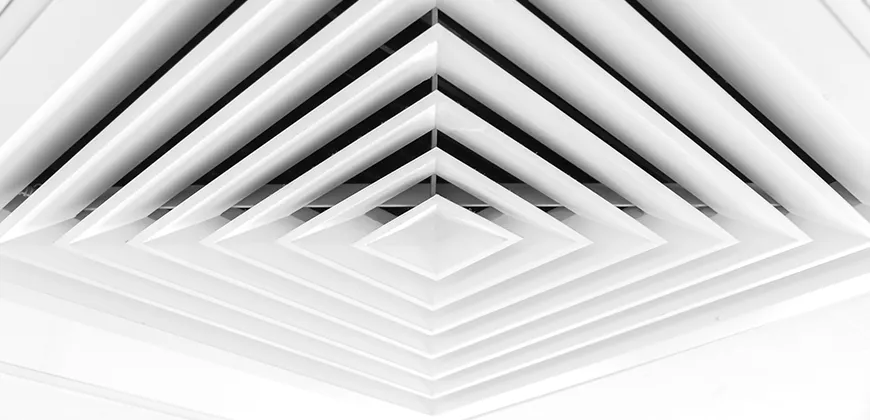Indoor air quality in the time of COVID-19 and beyond

High Performance Buildings: Indoor air-quality
By Steven Rogak, Professor of Mechanical Engineering and Co-director of the MEL in High Performance Buildings
The COVID-19 pandemic has sparked widespread conversations about the importance of indoor air quality given the virus’s airborne transmission pathway.
For building engineers and designers, this means looking at ventilation systems and air flow patterns in rooms, as well as considering issues related to the physical distancing measures required to minimize transmission, including how spaces are used and at what occupancy levels. Building design has long been influenced by health and economic concerns. Following the Spanish influenza of 1918, room design and heating systems prioritized air flow. The radiator systems common in buildings from this time were meant to ensure that interiors stayed warm even while windows were kept wide open during the winter months to bring in fresh air. The pendulum moved in the opposite direction during the energy crisis of the 1970s, when an emphasis on conserving energy saw the designing of airtight buildings, often at the expense of indoor air quality (as was discovered later with sick building syndrome).
It will be interesting to see the impact of COVID-19 on building design and any resulting modifications to building codes. Although any changes would be an example of closing the stable door after the horses have bolted, taking steps to improve indoor air quality is both timely and warranted.
For existing buildings, and particularly older buildings, adjustments to how space is used or to the mechanical systems may be in order. We’ve seen very high COVID-19 infection and death rates in long-term care homes, many of which are older buildings. It may well be that among other vectors, air quality issues have contributed to the airborne transmission of coronavirus in these spaces. It is relatively simple to install sensor systems to collect air quality data.
If issues are noted, the solutions may not necessarily be that complex or costly. It could be as simple as adjusting control algorithms or replacing air handling units or duct work.
While increasing ventilation with outside air may help reduce the risk of airborne contaminants like coronavirus, doing so may lead to other issues. In 2020, the World Health Organization estimated that COVID-19 caused the premature deaths of two million people. Yet WHO estimates the number of annual deaths worldwide from household and outdoor air pollution to be 6.5 million people. This is a bleak reminder that very real concerns about outdoor air pollution and increasingly common issues like wildfire smoke require HVAC systems that are designed to keep air out. This example also points to the trade-offs and complexities that building engineers and designers must consider. And while the MEL in High Performance Buildings does not attempt to train its students to be experts on indoor air quality – or indeed any other aspect of building design – we do go into enough detail so that students understand the interplay and trade-offs.
Through their work on design projects, they come to deeply appreciate the issues that need to be tracked and the hard choices that must be made when it comes to the competing concerns of energy consumption, indoor air quality, comfort, space use and occupancy levels.



